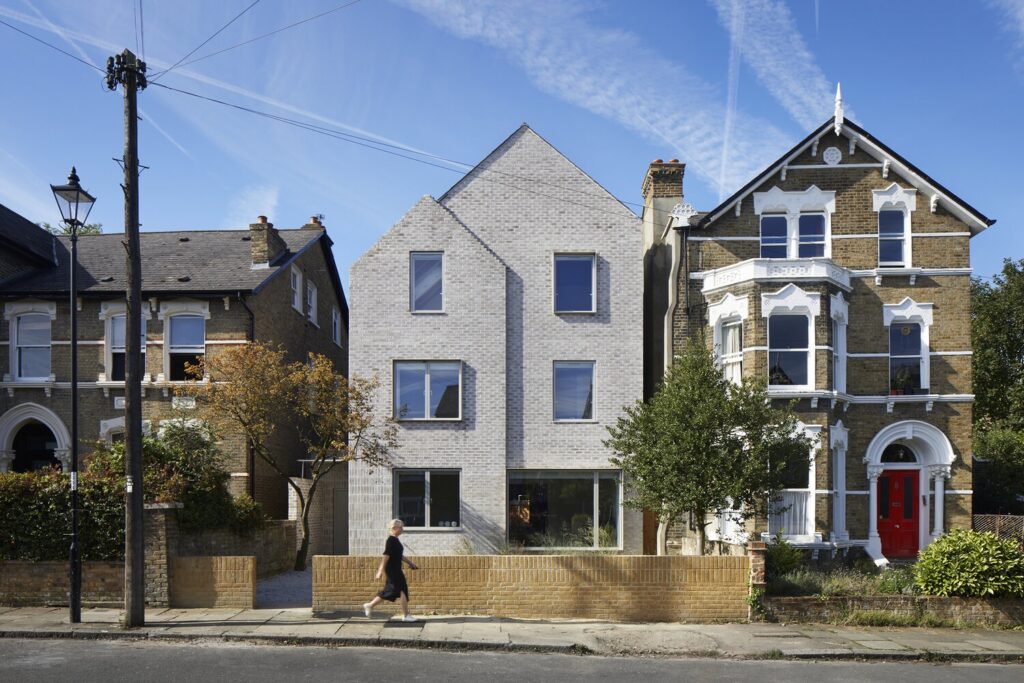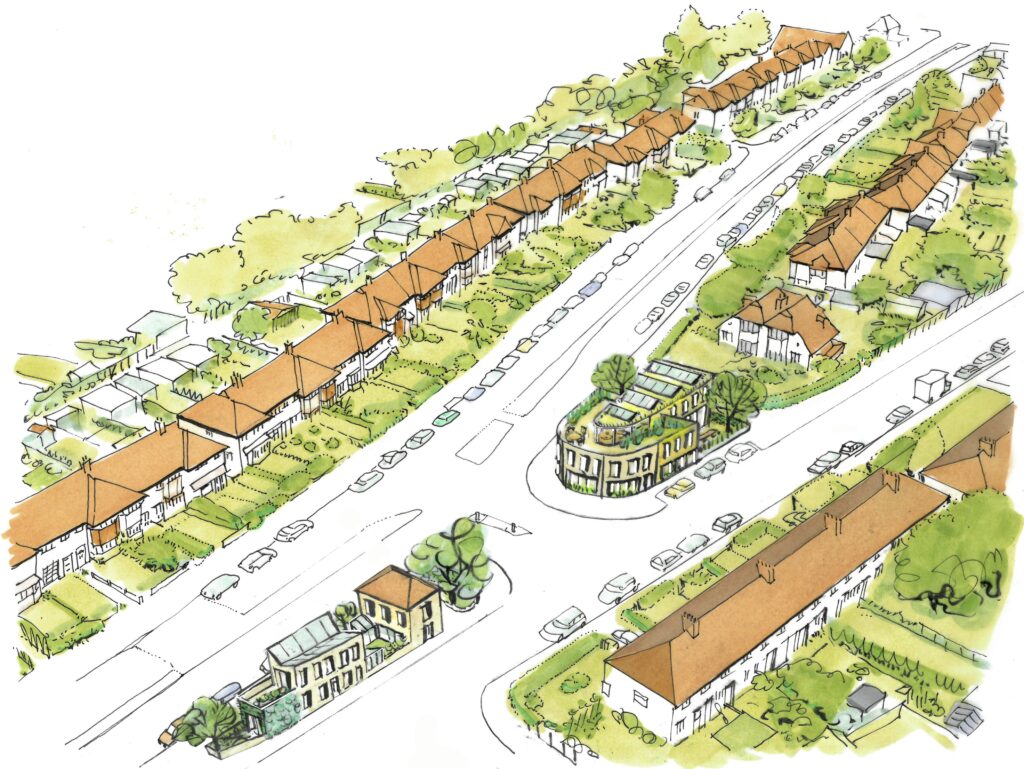34. Other Types
34.1. Conversion and extension
If your site falls under the conversion and extension site type there is advice available in a number of places.#
The first place to look will be if your site falls into another site type. Conversions and extensions will almost always also sit within either the infill or backland category as well.
It is important to consider conversion and extension as part of infill or backland development as retaining existing structures is vital to helping the building industry respond to the climate emergency we are facing.
Alterations and Extensions SPD
When working with existing buildings, extensive advice is available in the Alterations and Extensions SPD that is available from the Lewisham Council website.
This document provides advice on how to extend buildings both vertically and horizontally. The advice in this document focusses on enlarging existing dwellings, but the principles set out will also apply to the extending and converting of existing dwellings in order to create new homes as part of a small site development.
34.2. Garden land
As set out in the Local Plan, the development of garden lands should be avoided as they “make an important contribution to local character and amenity and often have ecological value. Development on garden land should therefore be avoided in favour of development opportunities elsewhere in the borough, particularly on brownfield sites and previously developed land, consistent with the spatial strategy for the borough.”
Infill and backland characteristics
When working with garden land it is important to consider if it can be classified also as an infill or backland site which are more favourable development opportunities. It is therefore key that garden sites have clearly distinct access arrangements, such as a street frontage or mews / lane access, and do not rely upon passing through the demise of another property.
Having at least one street frontage makes a site significantly more favourable.
Mitigating losses
The Local Plan also states that the garden development should only be considered “where appropriate re-provision of garden land is provided to mitigate losses as much as possible.” As such, when developing garden land re-providing, or working around, the important role that existing gardens play is important, including their role in providing biodiversity and habitats.
34.3. Amenity
As with garden sites, amenity land provides an important role in the borough and therefore should be considered carefully before putting it forward for development.
In order to develop these sites applicants will need to prove that the amenity function of the site is either no longer required or is oversupplied in the area and therefore not needed.
If the amenity function can be proven to be redundant then applicants should identify the other characteristics of the site as most amenity sites will have characteristics of either infill or backland sites. Once this has been identified, applicants will be able to find advice from the corresponding site type section in this document.

